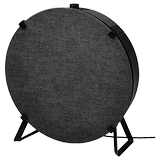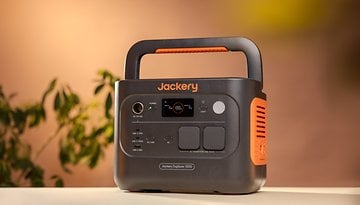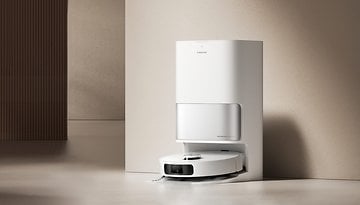IKEA Starkvind Review: Smart Fresh Air for Only $180?
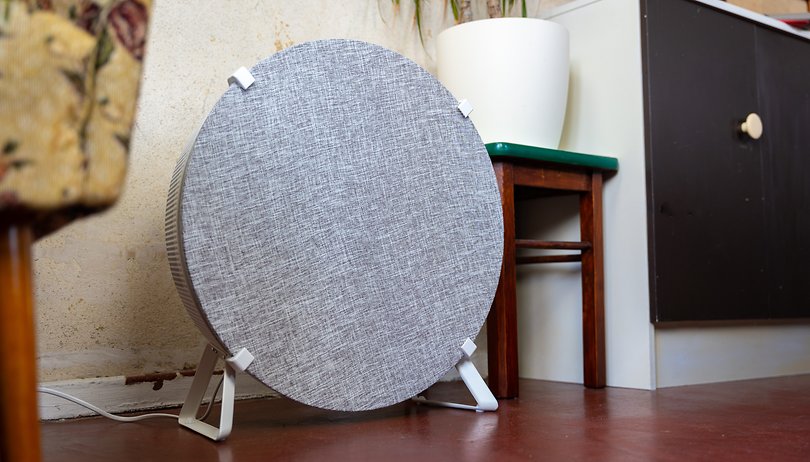

With the Starkvind, IKEA sells a smart air purifier for only $180! After installation in the usual IKEA style, the purifier can remove up to 99.5 percent of the smallest particles after PM 2.5 from the air—and even remove harmful gases by additional purchase. But is the IKEA Starkvind convincing in everyday use? Take a deep breath in the NextPit test!
Good
- Beautiful, unobtrusive design
- Can also be used as a table if desired
- Pretty smart home app
- Compatible with Alexa, Google Home and Apple Home
Bad
- Not natively usable in the smart home
- High surcharges for accessories
- Little information about air quality in app
- Quite high volume
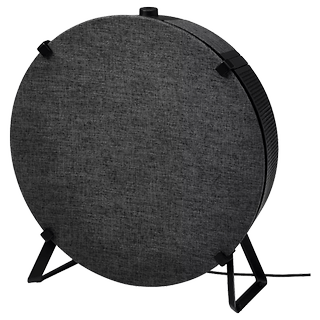
Short conclusion and purchase
With the Starkvind, IKEA offers an affordable, smart air purifier! It filters small particles, viruses, pollen, bacteria, and gases from the air in your room. However, the filtering of harmful gases and the smart home compatibility require an extra expense. So the initial bargain can get quite expensive if you want the full package. And even then, the smart home options fall short of expectations.
The Starkvind costs $179.99 in a black and white color edition. For the tested model with a gas filter, on the other hand, you pay $205.98 ($135.98 as of writing this)—if you then also want to use the Starkvind in the smart home, you have to add $69.99 for the Dirigera hub. Thus, the tested setup jumps from $180 to $276.
Design and set up
At first glance, the IKEA Starkvind doesn't look like an air purifier. That's because it comes from the Ambient technology series, which you might recognize from products like the picture frame speaker IKEA Symfonisk NextPit reviewed in 2021. The Starkvind can transform into a table if desired and for an extra $90.
Pros:
- Pretty, unobtrusive design with dimensions of 53 x 51 x 19 cm (H x W x D).
- Simple assembly with IKEA fun.
- Simple operation via rotary switch.
Cons:
- No display with information on the device.
- With 5.9 kilograms (13 lb) quite heavy.
The IKEA Starkvind is delivered in an environmentally friendly cardboard box—and has to be assembled first, in pure IKEA style. An Allen wrench is included, and the instructions are detailed and halfway understandable. During assembly, you need to attach two feet to the Starkvind, hang a cover plate in there, and attach it to the top with two clamps. Since the buttons for connecting and changing the filter are under the wooden plate, you'll need to be able to remove it again during operation.
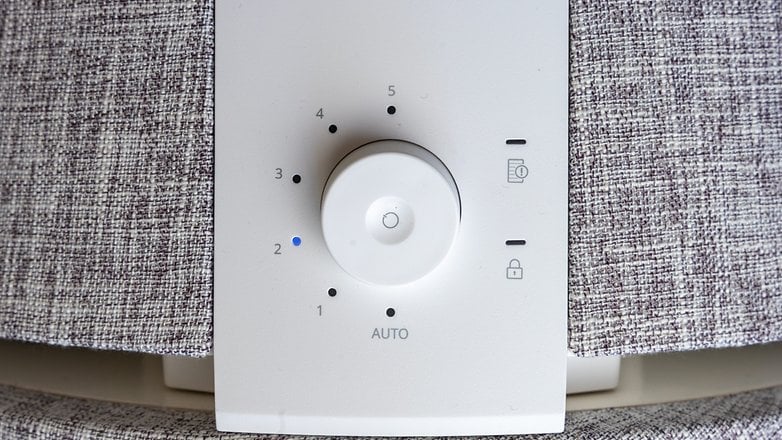
IKEA's handling of the power supply, which is strictly speaking positioned externally, is particularly clever. However, the Starkvind has a compartment including a flap where you can place the power supply. The advantage here is that it does not interfere with the placement near the socket. If you need to extend the cable, you can also place the power supply outside the Starkvind.
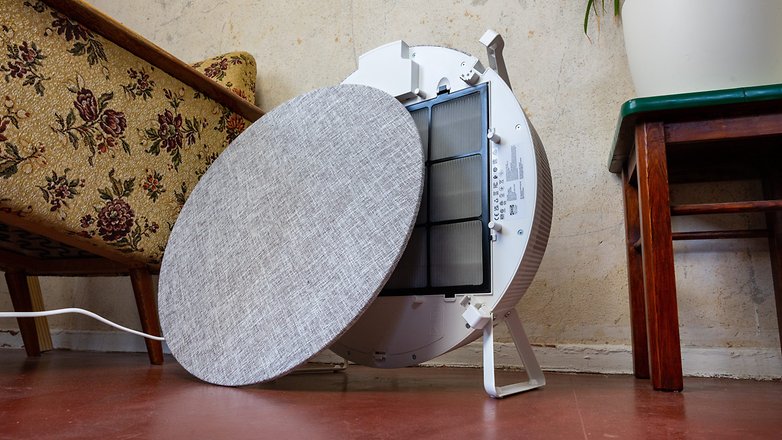
The operation of the air purifier is also elegantly solved. Without a smartphone, there is only one rotary switch on the top that you can press down. You can switch the purifier on or off by pressing it—rotary movements switch between five fan levels. What I find particularly annoying about the Starkvind is that there is no information display about the air quality. In automatic mode, you have to trust that the air purifier detects gases and dirt particles and filters them out successfully.
Speaking of filtering out, the Starkvind sucks in the dirty air via a gap between the casing and the cover plate. The blowing out takes place around the air purifier through air slots.
Filter and cleaning performance
By default, the IKEA Starkvind can only remove PM 2.5 particles from the air. However, you can buy a gas filter for a small extra charge to remove harmful gases from the air as well. The Starkvind is designed for rooms with up to 20 m² - thanks to the integrated handle, you can also carry the smart home product from room to room.
Pros:
- In auto mode, you don't need to worry about the Starkvind.
- Cleaning of particles according to PM 2.5.
- Strong cleaning performance at the highest level.
Cons:
- Only little information about air quality is available—this only via smartphone.
- Only designed for rooms with 20 m².
- No rotating and swiveling function, no humidification or dehumidification of the air.
- Not certified for filtering aerosols.
The design of the IKEA Starkvind is quite simple. There are two square filters: one for very small particles and one for gases. These sit in front of a fan that pulls air through the filters and distributes it around the room. The Starkvind uses a sensor to measure how hard the fan has to work, and you can view the information about the particle concentration via the app.
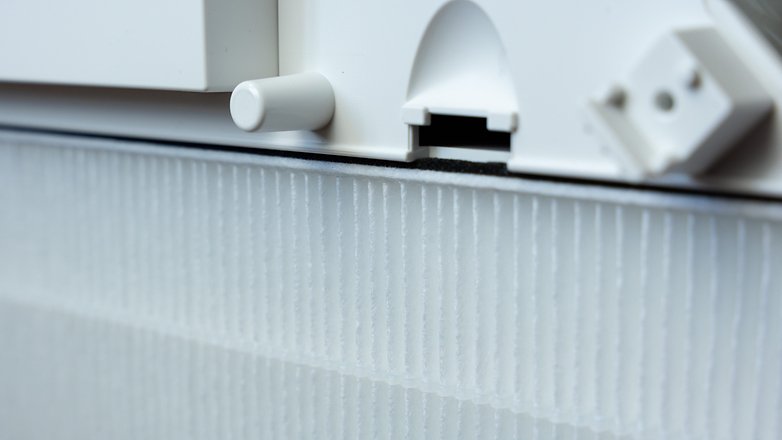
According to the manufacturer, the filters used remove 99.5% of particles up to PM 2.5 that are in your indoor air (up to 2.5 μm in size). This removes not only dust and pollen but also viruses and bacteria that are between 0.1 and 2.5 micrometers in size. This can definitely provide relief for allergy sufferers, but the filter is not suitable for filtering out aerosols, according to the classification.
IKEA also sent us a gas filter for this review, which you can use in the air purifier together with the particle filter. This removes gases like formaldehyde, cigarette smoke, or cooking fumes from the air. Unfortunately, you have to trust that the purifier will do its job reliably. This is because the Starkvind only measures the fine particle load, not the concentration of gases like the Philips AC3033/10 manages to do, which we recently tested.
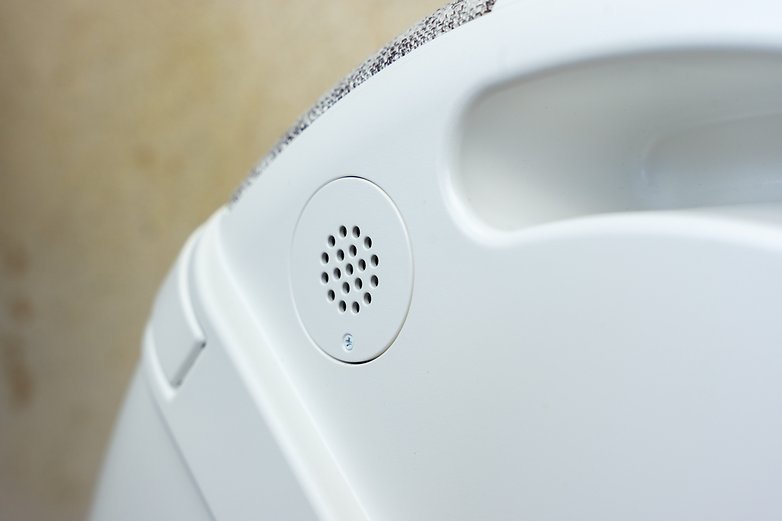
Compared to the aforementioned Philips model, the Starkvind is also designed for much smaller rooms. IKEA mentions 20 m² here. Since the Starkvind manages 270 m³/h at the highest fan level, a 20-square-meter room with a ceiling height of 2.8 meters would be blown through in just 12.4 minutes. A good value, especially since IKEA equips the air purifier for use in several rooms thanks to the carrying handle.
However, the Starkvind is also clearly audible at maximum volume and sounds more or less like a filter exhaust hood at the highest level. According to the manufacturer, the lowest level is supposed to be quiet enough to run while sleeping - but here the more expensive Philips model performs significantly worse in sleep mode. The Starkvind remains audible in quiet rooms even at the lowest level.
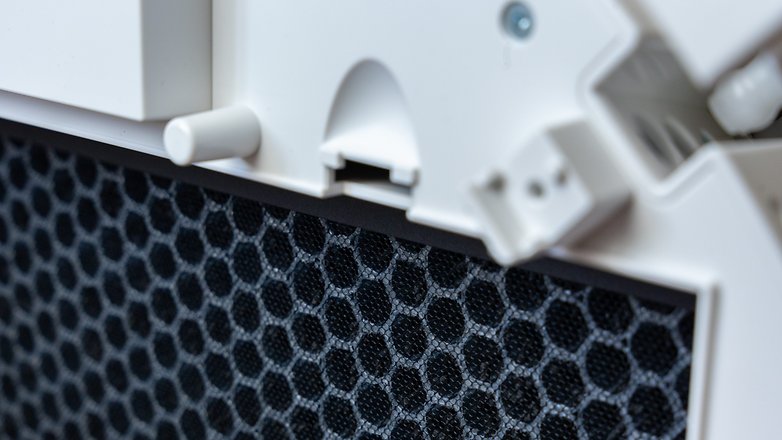
What I also have to chalk up to the smart air purifier is that the air can not be additionally humidified or dehumidified. IKEA also does not offer a heat chamber to kill viruses and bacteria. IKEA states a service life of up to 6 months for both filters.
Smart home functions
If you want to control the IKEA Starkvind in the smart home and thus via your smartphone, you have to buy a compatible hub. The manufacturer sent us an IKEA Dirigera for this review, which costs $69.99, but you can also use an older Trådfri hub. One positive point about IKEA's smart home technology is its compatibility with Alexa, Google Home, Apple, and the growing Matters standard.
Pros:
- Compatible with Alexa, Google Home, Apple, and Matter.
- Pretty smart home app.
- Zigbee compatible.
Cons:
- No native smart home support.
- Only a few options in the smart home.
- No control outside your WLAN network.
A bit disappointing for a "smart" air purifier for just under $180 is that the Starkvind does not allow for native smart home integration. Without a Wi-Fi module, it requires a hub to let the Starkvind communicate with your smartphone. The "Dirigera" model, which IKEA also provided us with for this review, is easy to set up. However, it is only wired via an RJ45 cable.
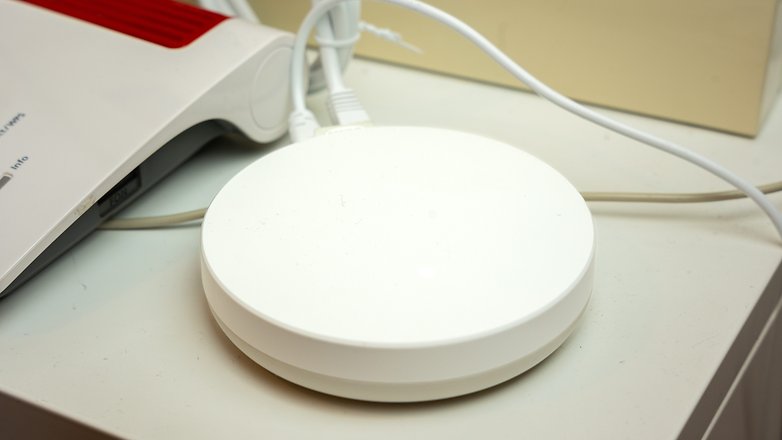
It's also disappointing that IKEA still doesn't allow you to control the device outside of your Wi-Fi network. So if you want to get some fresh air on your way home, you'll have to wait for another air purifier—or hope that IKEA will deliver the function as planned in the summer of 2023.
If you are connected to the Wi-Fi network, the smart home options are quite limited. You can define switching off and switching on the Starkvind as "scenes" in the Home Smart app. However, only schedules, the sunrise and sunset, and IKEA's smart home switch "Shortcuts" can be defined to trigger the two scenes afterward.
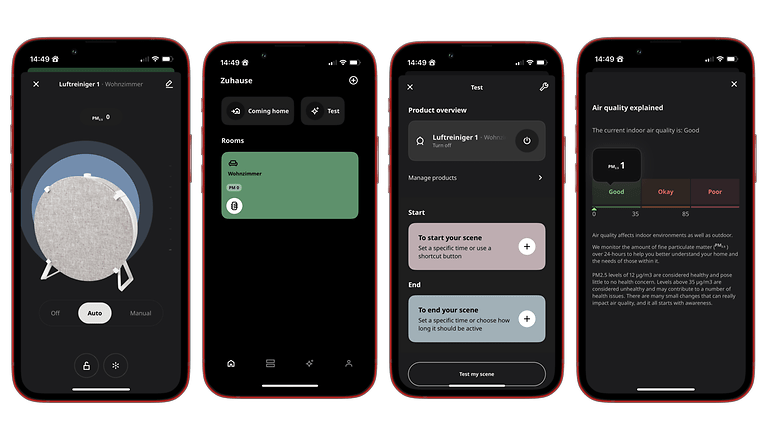
However, IKEA's smart home ecosystem is based on the Zigbee wireless standard, making it available with many other devices. In addition, the Dirigera hub is also Matter-compatible. Learn the advantages of the new Matter standard in the linked article.
Another positive aspect is that IKEA states compatibility with Amazon Alexa, Google Home, and Apple HomeKit. Although the possibilities are still limited to switching on and off, you can at least connect several smart speakers with the Starkvind.
Conclusion
In summary, the IKEA Starkvind is a particularly pretty air purifier for your smart home, but the smart features fall short of expectations in everyday use. Although IKEA's smart home shines with high compatibility with other systems, the air purifier can only be switched on and off. Furthermore, the information available is only limited to the concentration of tiny particles in the air even with an inserted gas filter.
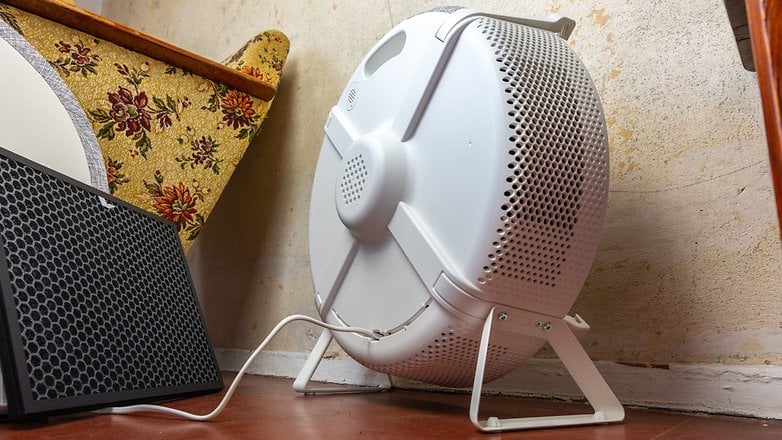
The Starkvind filters out 99.5 percent of these when classified as PM 2.5. While this is less than other models, it should still make the daily lives of allergy sufferers easier during the pollen season. However, this is not enough for filtering aerosols, such as coronaviruses. With an output of up to 270 m³/h, the air in medium-sized rooms is cleaned in less than 15 minutes at the highest blower level, purely by calculation. Considering the price, this is an "okay" value, even if the noise level is quite high.
If you like the design of the Starkvind and want to clean small to medium-sized rooms, the smart air purifier is definitely recommendable. However, you should buy a gas filter directly for maximum performance. Whether the surcharge for using the smart home features is worth it, I highly doubt. The few features are more useful if you plan to buy more smart technology from IKEA anyway or if you already use a compatible smart home ecosystem.
